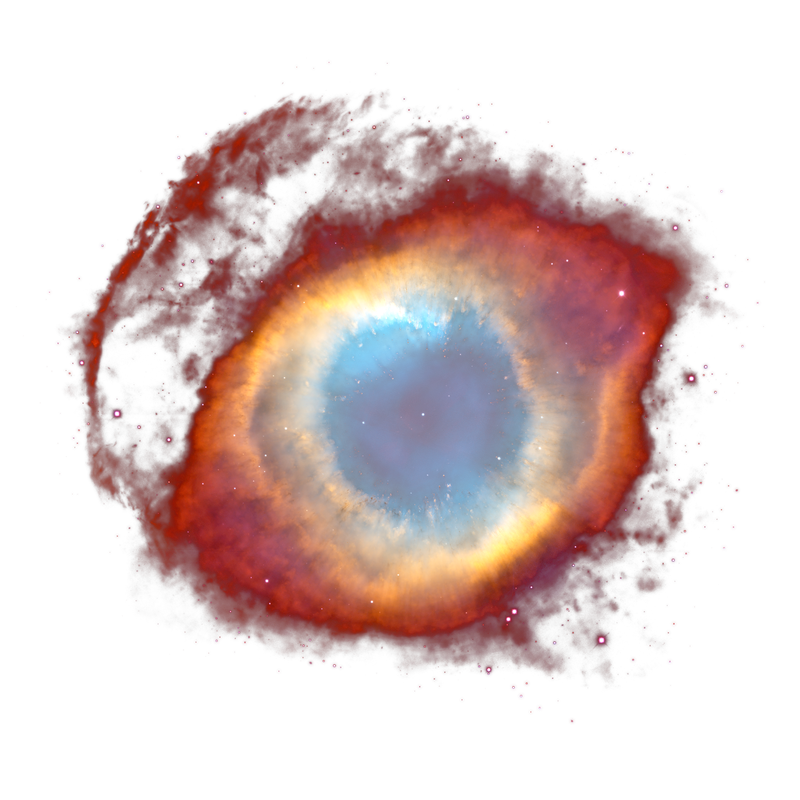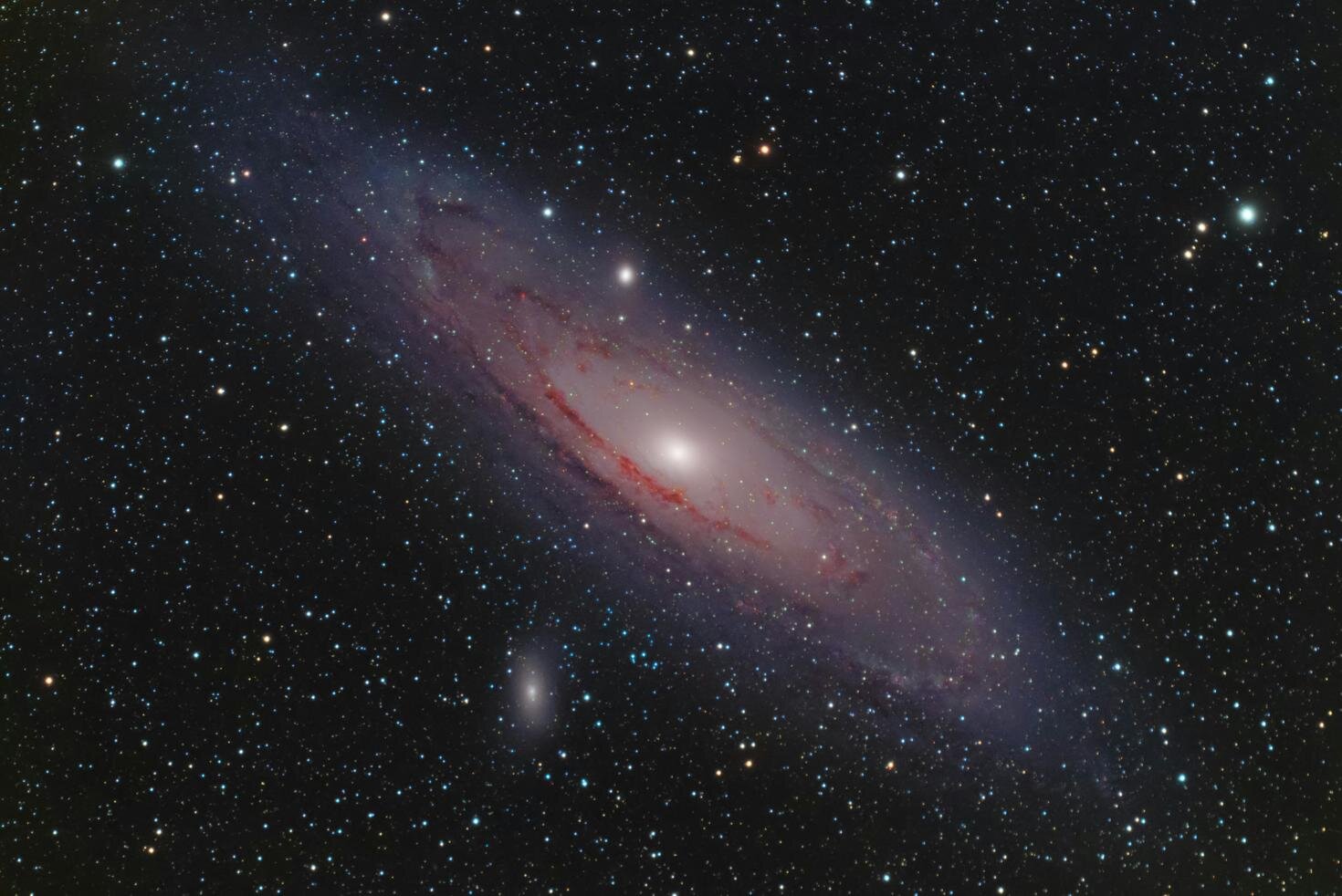Beginning snippet:
Led by Rajendra Gupta, adjunct professor in the Department of Physics at the University of Ottawa, the study asserts that if the basic strengths of nature’s forces (like gravity) slowly change over time and in space, they can explain the strange phenomena we observe, such as the way galaxies evolve and spin and how the universe expands.
The study, titled “Testing CCC+TL Cosmology with Galaxy Rotation Curves,” is published in the journal Galaxies.
Challenging established concepts
“The universe’s forces actually get weaker on the average as it expands,” Professor Gupta explains. “This weakening makes it look like there’s a mysterious push making the universe expand faster (which is identified as dark energy). However, at galactic and galaxy-cluster scale, the variation of these forces over their gravitationally bound space results in extra gravity (which is considered due to dark matter). But those things might just be illusions, emergent from the evolving constants defining the strength of the forces.”
He adds, "There are two very different phenomena needed to be explained by dark matter and dark energy: The first is at cosmological scale, that is, at a scale larger than 600 million light years assuming the universe is homogeneous and the same in all directions. The second is at astrophysical scale, that is, at smaller scale the universe is very lumpy and direction dependent. In the standard model, the two scenarios require different equations to explain observations using dark matter and dark energy. Ours is the only one that explains them with the same equation, and without needing dark matter or dark energy.
“What’s really exciting is that this new approach lets us explain what we see in the sky: galaxy rotation, galaxy clustering, and even the way light bends around massive objects, without having to imagine there’s something hiding out there. It’s all just the result of the constants of nature varying as the universe ages and becomes lumpy.”



Sounds like the “tired light” hypothesis in different words.
“tired light”?
If I recall correctly, it’s the hypothesis that photons lose energy as they move through the universe, and that’s why more distant objects shift red.